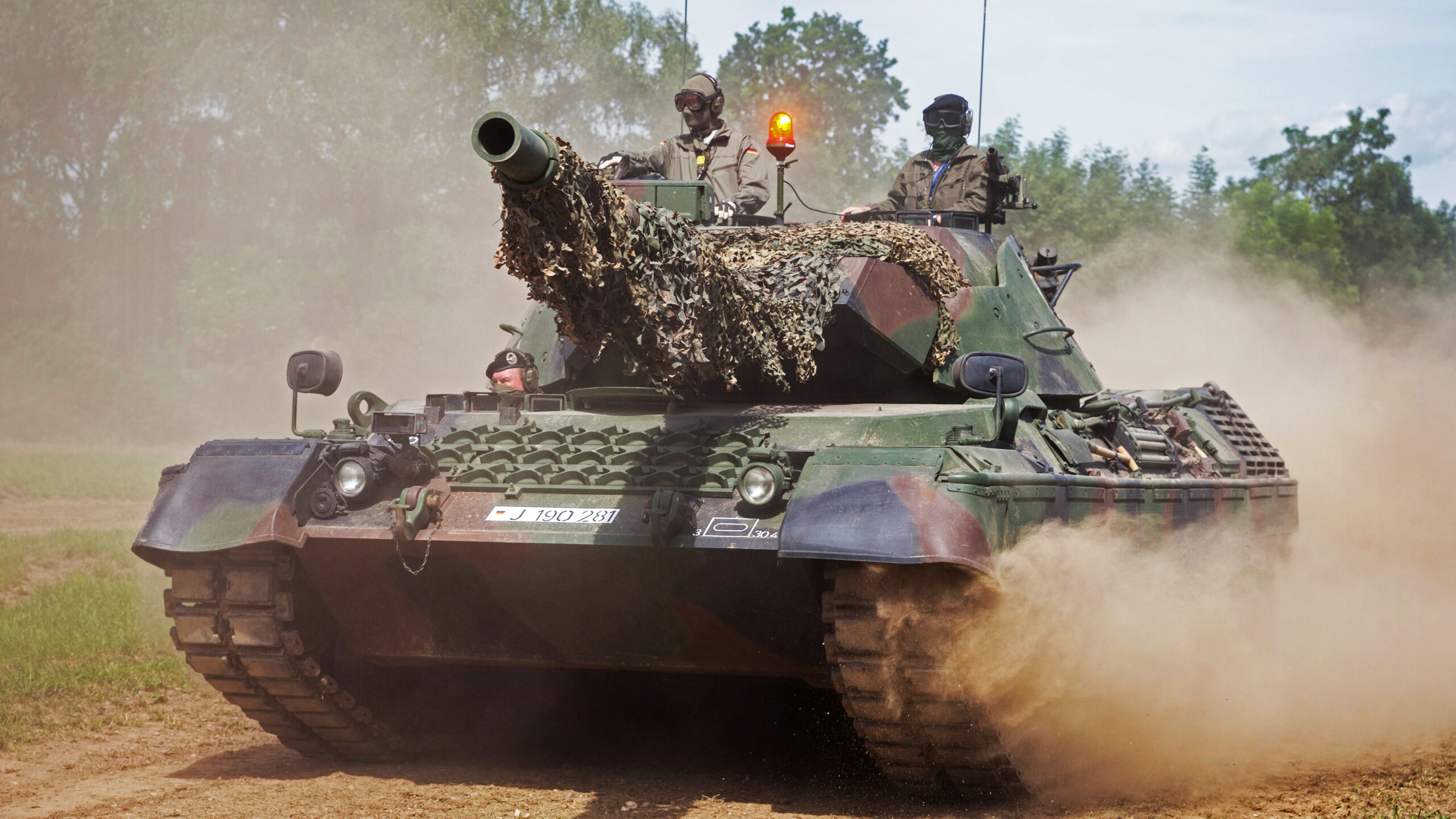A little over a week after the German government finally announced it will deliver Leopard 2 main battle tanks to Ukraine, as well as issue licenses for the transfer of other Leopard 2s from partner countries, Berlin is set to approve the delivery of this tank’s predecessor to Kyiv. The Cold War-era Leopard 1 is no longer used by the German Army but significant numbers are available from storage depots. However, the issue of securing ammunition for the older tank’s 105mm rifled main gun could be difficult to resolve.
A spokesman for the German government, Steffen Hebestreit, told a news conference in Berlin today that it now wants to add Leopard 1s to its broader effort to strengthen military support for Kyiv, by issuing an export license. However, despite this intention, the formal approval for the supply of Leopard 1s has apparently yet to be signed off, according to the Süddeutsche Zeitung newspaper, which cites unnamed government officials.
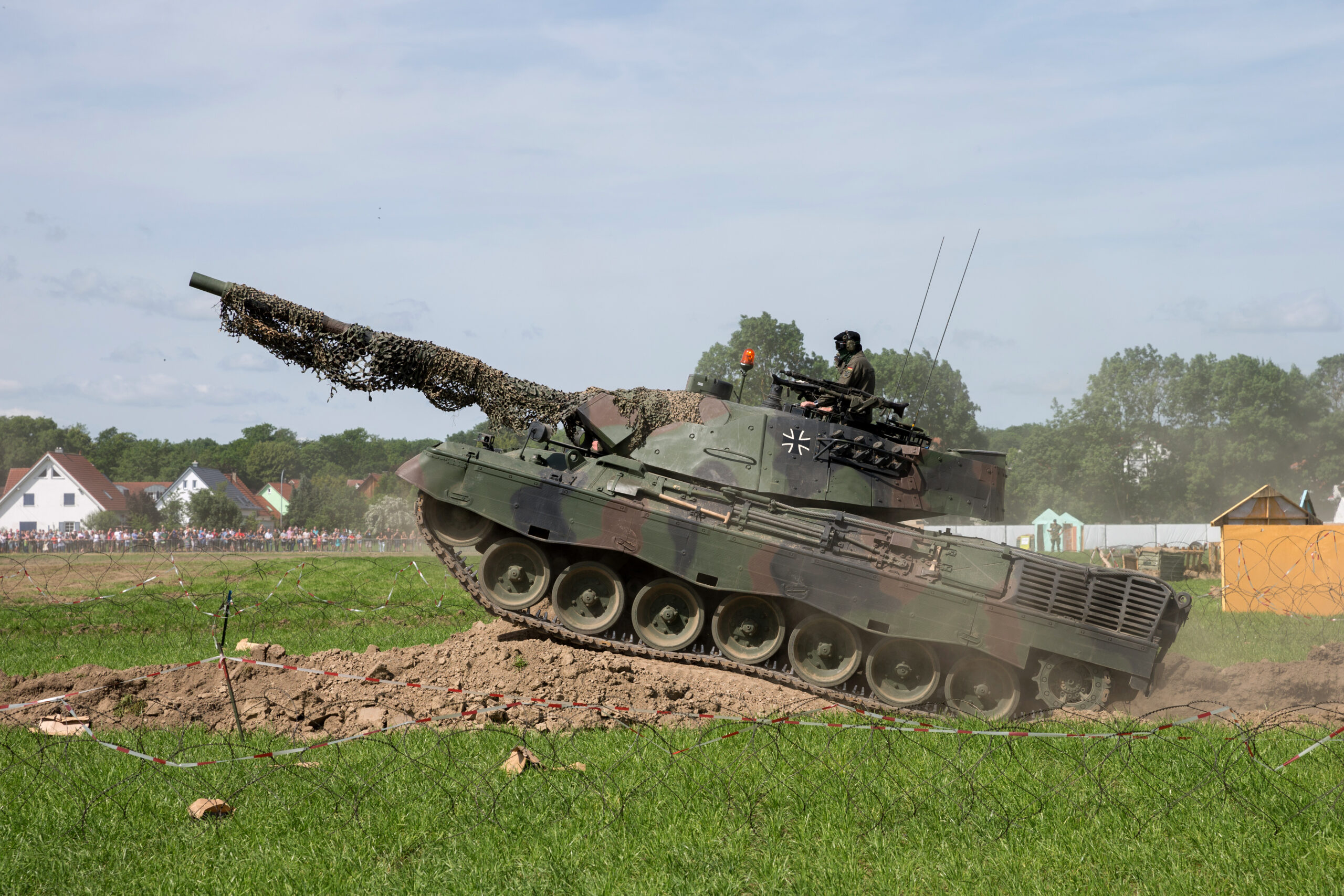
An undisclosed number of Leopard 1s would be drawn from the stocks held by defense contractor Rheinmetall. According to Germany’s Spiegel news magazine, the plan involves 29 tanks, although the source of this figure is not disclosed.
The tanks, which have not been used by the German Army for years, would require refurbishment before being delivered, which would be completed by a specialist in this field, the Flensburger Fahrzeugbau Gesellschaft (FFG). The extent of the work required is not clear at this point.
As to the numbers of Leopard 1s that could eventually be supplied to Ukraine, these could potentially be larger than the initial tranche of ex-German Army Leopard 2s to which Berlin has committed. Last week, the German government decided to supply 14 Leopard 2s from its own stocks to Ukraine. That number will, however, be boosted by Leopard 2s transferred by other European allies.
According to a Rheinmetall official, speaking to the Redaktionsnetzwerk Deutschland news agency, the company could deliver as many as 88 Leopard 1s, as well as 22 Leopard 2s from its own stocks. While Rheinmetall has said that these Leopard 2s could be provided within a year, it’s not said how long it would take to prepare and supply the Leopard 1s.
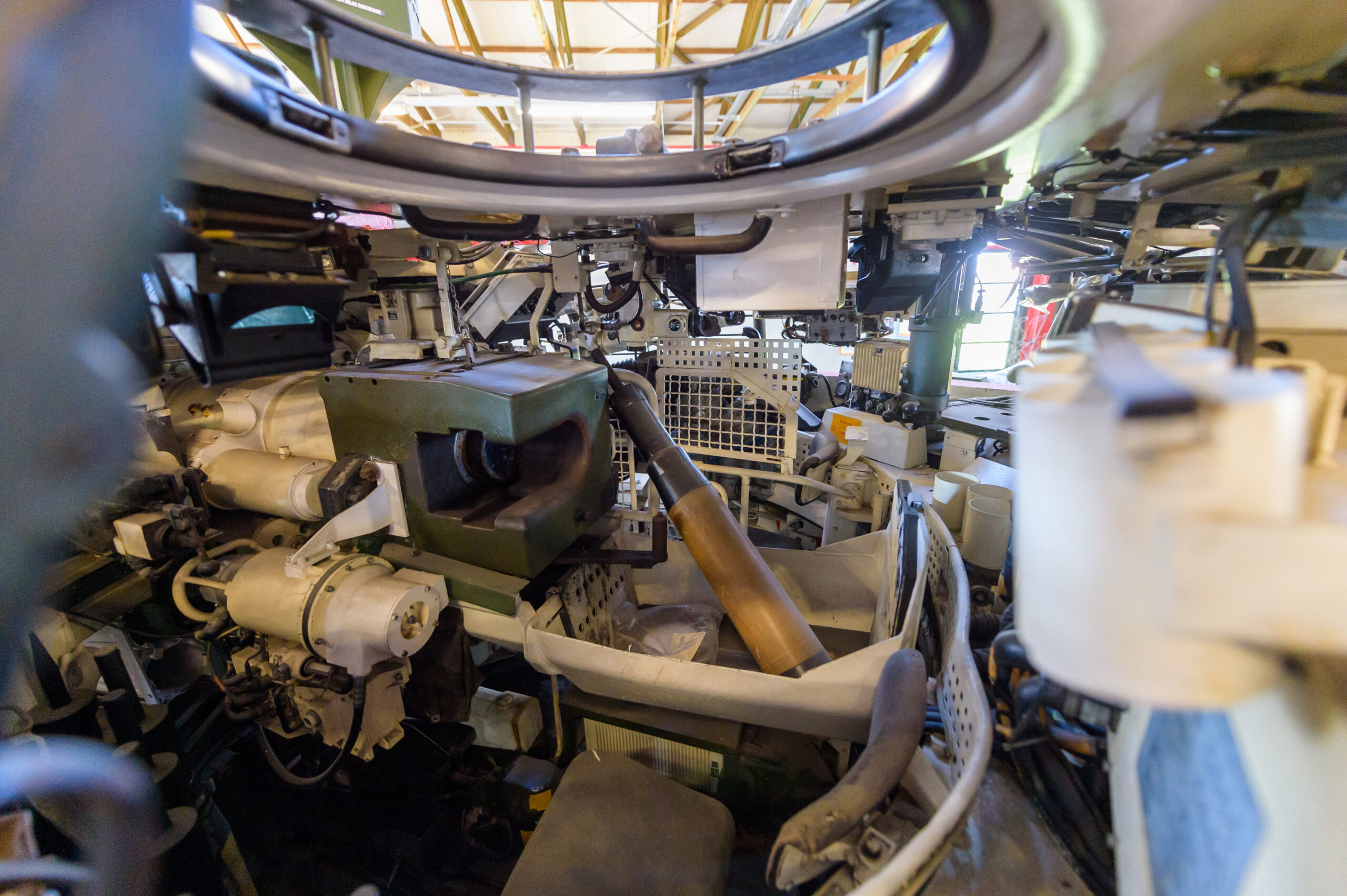
The idea of delivering Leopard 1s to Ukraine is not entirely new. As early as April 2022, then-Ukrainian ambassador to Germany, Andrij Melnyk, reportedly undertook talks directly with Rheinmetall. The company’s offer at that time involved 88 Leopard 1A5s with the 105mm L7A3 gun, plus technical documentation manuals, basic training in Germany, training for overhaul, spare parts, and 3,500 rounds of 105mm ammunition. The total value was 115.2 million euros, or around $125 million, at the current exchange rate.
However, with Berlin long being unwilling to approve transfers of tanks, this deal remained unfulfilled.
But plans for a renewed transfer effort could be frustrated or at least slowed down by the main armament of the Leopard 1. According to Spiegel, “the problem of procuring ammunition is becoming increasingly urgent.”
Another report in the Süddeutsche Zeitung claims that Brazilian officials have already refused a request from the German government to sell it ammunition for the Leopard 1. The Brazilian Army continues to operate the Leopard 1A1 and 1A5 as its primary main battle tanks, with around 250 examples originally having been bought.
The German request was reportedly turned down on January 20, in the course of a meeting attended by Brazilian President Luiz Inacio Lula da Silva, the then-Chief of the Armed Forces Gen. Júlio Cesar de Arruda, and Minister of Defense José Mucio. President Lula, who only recently took office, has so far sought to preserve Brazil’s cordial relations with Russia. At the same time, however, the SPD party of the German Chancellor Olaf Scholz also sees Lula as a close ally, with the ammunition issue potentially leading to a rift.
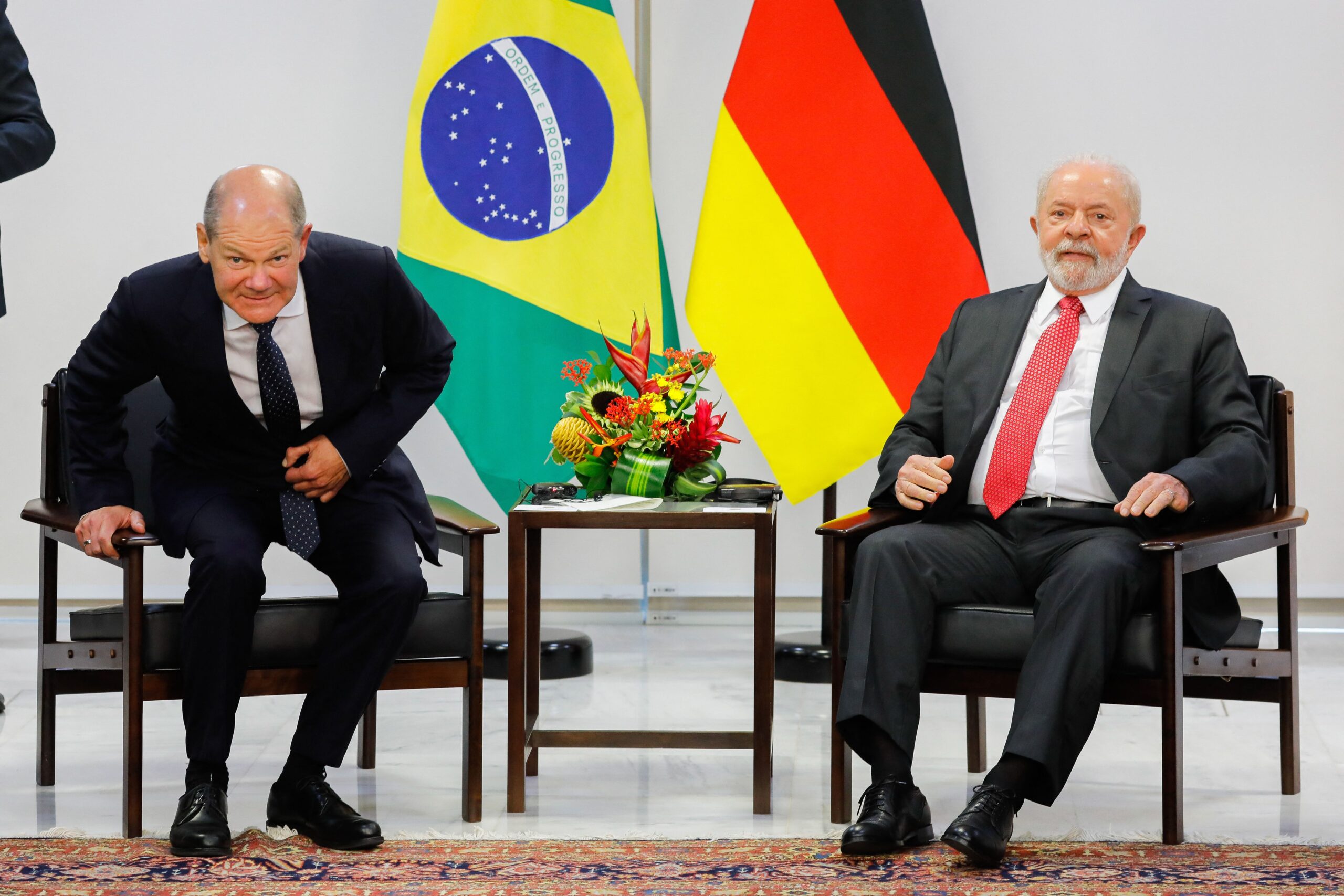
The Brazilian government has also refused to transfer stocks of 35mm ammunition for the German-made Gepard self-propelled anti-aircraft gun (SPAAG). Germany has already transferred 37 examples of the Gepard to Ukraine and the system has reportedly achieved considerable success in its air defense role.
While long out of production, the Leopard 1 served as the main West German main battle tank for most of the 1960s and 1970s, before being superseded by the Leopard 2, which has a new 120mm main gun. The last German Leopard 1s were withdrawn in 2003.
Despite its age, the Leopard 1 remains in limited service around the world, with operators in its original role including Brazil, Chile, Greece, and Turkey. Meanwhile, specialist versions of the Leopard 1, including armored recovery, bridge-layer, and combat engineer models, are more widely used, including by Denmark, Estonia, Finland, Italy, the Netherlands, and the United Kingdom.

Potentially, Leopard 1s and related variants could also be made available from some of these sources, as part of a broader collaborative effort to get them into Ukrainian hands, the same kind of initiative that is now expediting the Leopard 2 transfer. Further Leopard 1s could also be drawn from private contractors, like the OIP company in Belgium, which reportedly had around 50 of the tanks in its stocks as of this year.
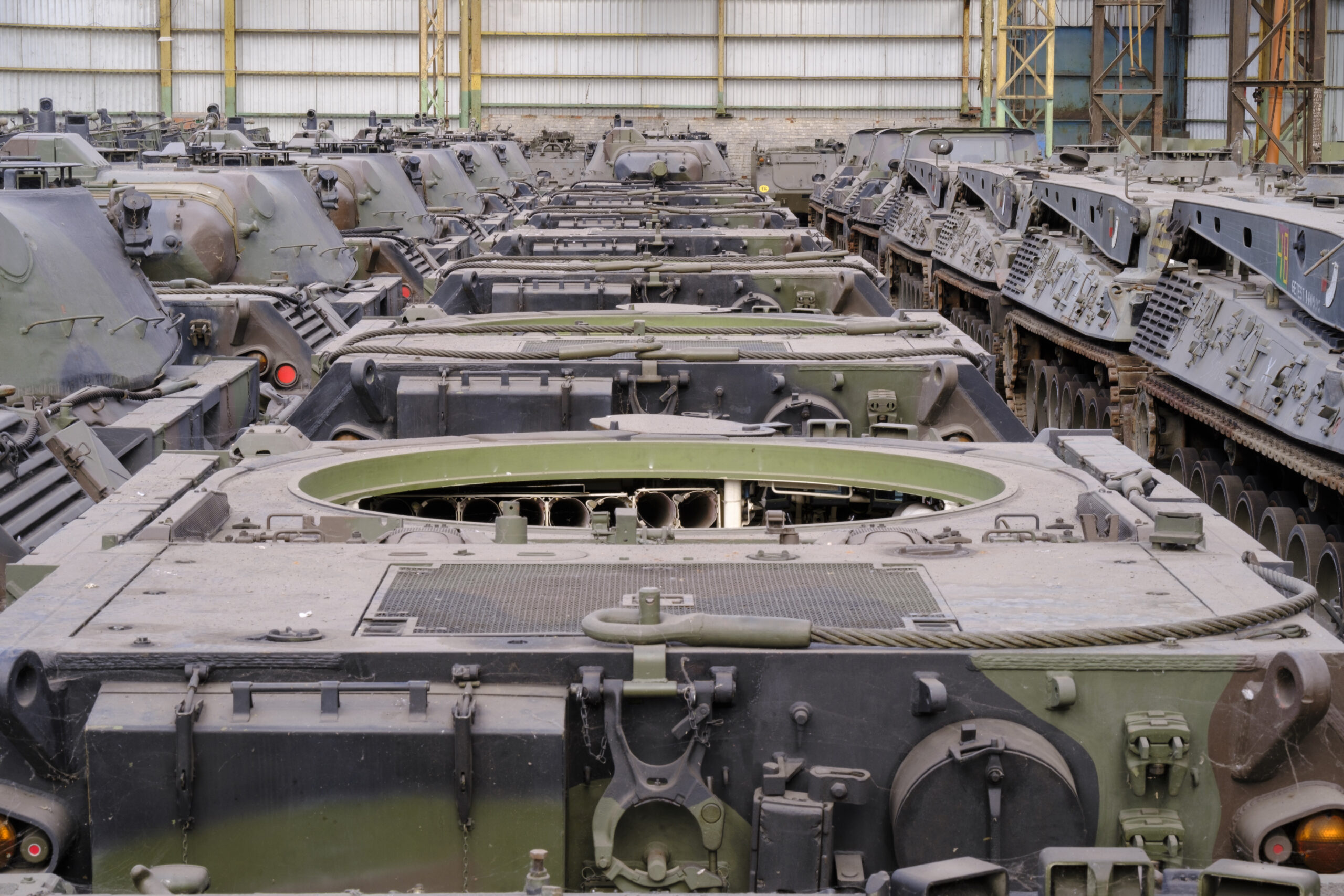
In fact, 10 examples of the Leopard 1-derived Bergepanzer 2 armored recovery vehicle have already been delivered to Ukraine by Germany, with the potential for more and different specialist versions of the tank to be provided in the future.
Meanwhile, the Wisent 1 armored engineering vehicle, also based on the Leopard 1 chassis, is headed to Ukraine, too. Last week, U.K. defense contractor Pearson Engineering said it would be providing Ukraine this year with a “large quantity” of Full Width Mine Ploughs for integration on Wisent 1 vehicles. The Wisent 1 was developed to “flexibly, cost-effectively, efficiently and economically support the Leopard 2 main battle tank and other vehicles,” according to FFG, the firm that developed it.
The issue of securing ammunition, especially of older types, has come up repeatedly as Ukraine’s allies try and provide it with sufficient stocks. With the Gepard, the decision has been taken to set up a new ammunition production line in Germany.
It’s not clear if that might also be a possibility for the 105mm rounds, too, although there is generally lower demand for this type of ammunition anyway. That might lead Germany to look elsewhere, perhaps attempting to secure additional 105mm ammunition from Greece or Turkey, for example.

Until Berlin can guarantee a reliable source of ammunition for the Leopard 1, it remains possible that Ukraine will turn down the offer, despite its repeated demands for heavy armor, especially with a widely expected spring offensive that may well be critical to the outcome of the war.
While old, the Leopard 1 can undeniably still play a useful role on the battlefield, even if it were to be held back from the most critical offensives. Ukraine has also been willing to accept other older tanks, with several nations having provided Soviet-era tanks like the T-72, with the United States footing the bill for some of them.
There is still a question about how long it would take to deliver the Cold War-era Leopard 1s to Ukraine, but even more concerning is a possible ammunition bottleneck, especially as Brazil appears unwilling to move on the issue.
Overall, the story demonstrates again the importance of logistics and supply chains to Ukraine’s continued fighting ability. While much of the discourse, at the government level, as well as in the media, has focused on what types of weapons could or should be supplied to Kyiv, and what difference they could make, the saga of the Leopard 1 reveals just how easily such plans can be threatened as particular ammunition stocks become scarce.
Contact the author: thomas@thedrive.com
